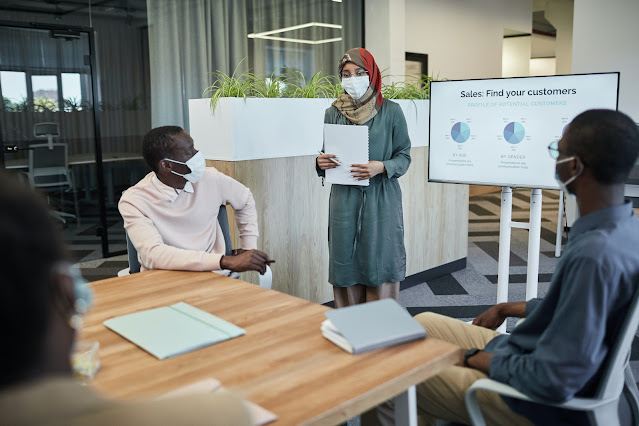Short note on Identity as a Service (IDaaS).
IDENTITY-AS-A-SERVICE (IDAAS)
- Identity as a Service (IDaaS) is a third-party authentication infrastructure that is designed, hosted, and maintained by a service provider. IDaaS may be thought of as a cloud-based single sign-on (SSO). A business IDaaS is often acquired as a subscription-based managed service. A cloud service provider may also charge a subscription to host apps and give users role-based access to certain programs or even full virtualized desktops via a secure portal.
- Employees at a corporation must log in to the system to execute numerous duties. These systems may be hosted on a local server or in the cloud.
- The following are some of the issues that an employee may encounter:
- Keeping track of various login and password combinations for accessing many servers.
- When an employee quits the organization, it is necessary to disable all of that user's accounts.
- To address the aforementioned issues, a new technology called Identity-as-a-Service evolved (IDaaS). As a digital entity, IDaaS manages identification information. This identity can be used for online transactions. Identity-as-a-Service- to solve the identity problem, the service essentially leverages the SaaS model and provides single sign-on for web applications, strong authentication and federation across boundaries, integration with internal identities, and identity monitoring, compliance, and management tools and services as appropriate.
- The more cloud services you use, the more IDaaS you require, which should also include governance, management, and compliance (GRC) as part of the service. GRC is a growingly recognized phrase that represents a new method for enterprises to take an integrated approach to these three areas. However, this risk phrase is frequently used to describe a single business activity when, in reality, it encompasses many overlapping and related activities, such as internal audits, compliance programs such as Sarbanes-Oxley, enterprise risk management, and operational risk, and incident management.
Gartner defines IDaaS as, "a predominantly cloud-based service in a multi-tenant or dedicated and hosted delivery model that brokers core identity governance and administration (IGA), access and intelligence functions to target systems on customers' premises and in the cloud." Gartner states the core aspects of IDaaS as:
IGA: Provisioning of users to cloud applications and password reset functionality.
Access: User authentication, Single Sign-On (SSO), and authorization supporting federation standards such as SAMI.
Intelligence: Identity access log monitoring and reporting.
Identity
The term "identity" refers to a set of characteristics that are connected with something for it to be recognized. Although all things may share the same qualities, their identities cannot be the same. The unique identification feature is used to provide a unique identity. Several identification services are used to authenticate services such as websites, transactions, transaction participants, clients, and so on. The following services may be provided as part of the Identity-as-a-Service:
- Directory services
- Federated services Registration
- Authentication services Risk and event monitoring
- Single sign-on services Identity and profile management




Comments
Post a Comment